The Brains Behind Your Enterprise’s Next Growth Spurt
“Every company wants to increase revenue.” That’s a pretty safe and agreeable statement to make.

What if you could create a dashboard and visualize your prospects' minds? Or, what if you could spend just a few minutes to get a complete overview of your target accounts and their goals, needs, wishes, and plans?
This is something business leaders could only wish for, and countless companies are looking for ways to come as close as possible to.
Although not yet a reality, the ABI (Account-Based Intelligence) team at Infinityn International has come up with a unique tool to assist you gathering necessary insights for your clients’ requirements, allowing you to understand how to assist with their goals. This is what we called the Agile Account-Based Growth success. This tool will help you not only fill your pipeline, but also close deals with a shorter sales cycle, and better long-term outcome for you and your clients.
Because we know that bridging gaps between teams requires clear communication, we’ve created a way to visually represent each account that matters to you, along with their intent information and how it coincides with what activity you may already have with them in your CRM (customer relationship management) system.
This visual snapshot, designed specifically for the Agile ABG framework, is called the “Opportunity Heatmap”. The heatmap contains two main graphics: the “Intent Iris” and the “CRM Opportunity Iris”. These visuals are created within the early “Research” phase by the Account-Based Intelligence (ABI) team.
With one glance, anyone on your team will know who’s interested, who’s had prior contact with you, which of your solutions are familiar to your target account, how to approach sale and thus, how to provide value in a way that mirrors their specific needs. This heatmap will prepare the ABM team to launch relevant campaigns, setting the tone for the rest of the Agile ABG process.
Below each iris is discussed in depth, along with how the two correlates with one another:
The “Intent Iris” is Part 1 of the Opportunity Heatmap.
In the early “Research” phase of the Agile ABG framework, the ABI team uses tools to track intent data - that is, data that indicates what the account intends on buying. You can think of intent data as a digital footprint that can be traced to learn more about the account’s interest. Although there are many types of intent data, the “Intent Iris” in the Agile ABG framework will focus on the keyword type.
When the keywords relevant to your organization have been monitored by the ABI team, they need to be laid out in a way that is easily digestible to you. Instead of clicking through Excel sheets or drop-down menus on platform interfaces, the Intent Iris beautifully displays solution-specific keywords that your target account has indicated an interest for.
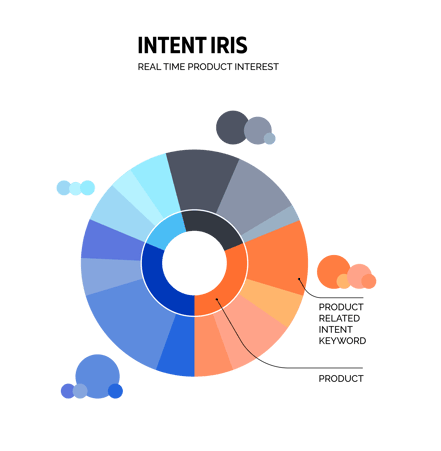
Above is a representation of a blank Intent Iris. In the center, your products (and/or services) are listed. In the outermost section, the keywords from the intent tracking are given and grouped near the relevant product. For even greater clarity, colors are added to separate the information into categories so that your eye can easily travel to the part of the iris that you would like to analyze. Or, for a bird’s eye view, the colors allow you to make a general statement as to which product group has the majority interest, and which product might be the strongest fit for your future campaign.
Let’s imagine we’re in the same scenario as mentioned in the last section: you’re the client, and you’ve hired an external agency such as Infinityn to launch Agile ABG. Perhaps your company specializes in providing software to other enterprises. Since that’s quite vague, we’ll need to split up your solutions into categories, such as - “Engineering”, “Operations”, “Construction”, “Business Analytics”, or whatever they may be in your case. This will be represented through the various colors on the iris.
We firstly monitor the intent data relevant to your enterprise. To get the intent data, we use the ABM platform or sales tool that your organization already uses, or we can bring one in for you. Through this, our ABI notes that an account - for an example, an enterprise in the pharmaceutical industry (We will just call them “Big Pharma Co.” as an example name), which you have had your eye on as a top-tier target, indicates interest in the keywords, “analytics software” and “artificial intelligence for operations”. Since these keywords match your offerings, we can add them to the intent iris and group them according to your product.
Now you’ve got a great overview about what Big Pharma Co. might be interested in - they’ve browsed around for analytics software and operations AI, so you’d love to swoop in and pitch them your analytics and operations solutions, or at least throw an ad at them to see if they interact. ...However, you’re not ready to launch a campaign or reach out quite yet. What if you’ve already exposed them to your ads sometime in the recent past? What if your sales reps have already spoken to someone at Big Pharma? These kinds of situations can be checked in the 2nd part of the Opportunity Heatmap.
The “CRM Iris” is Part 2 of the Opportunity Heatmap.
Once you know which accounts show intent, and which accounts line up with a need that you could satisfy for them, you’ll want to know if there are any prior/current interactions with them.
While clicking around in your CRM or punching numbers into Excel could work to generate insights, the Agile ABG framework says there’s a simpler way. Just as with the intent iris, the CRM Iris places all the information in a visual format so that clearer conclusions can be drawn. With one view, you’ll know which products the account is already aware of, and to what extent they are aware - or, if they’ve never interacted with your company at all.
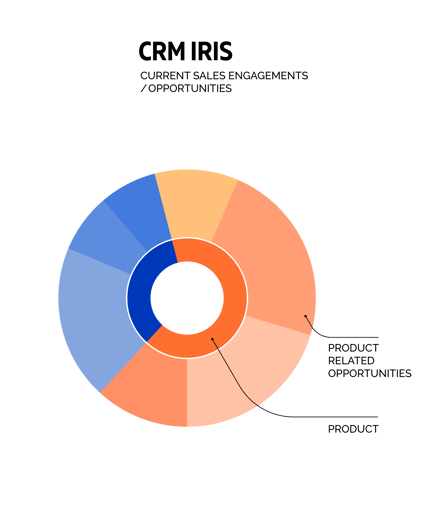 Above is a blank representation of the CRM Iris for a given target account. In the central row, the product is listed. In the outermost row, the product-related opportunities are listed next to the corresponding product, and again, grouped by color.
Above is a blank representation of the CRM Iris for a given target account. In the central row, the product is listed. In the outermost row, the product-related opportunities are listed next to the corresponding product, and again, grouped by color.
Continuing from the previous example scenario: The ABI team has generated the CRM Iris to show you which products Big Pharma Co. is aware of. Looking at this iris, you quickly see that there might just be a great opportunity for discussion, due to the fact that you have no current or prior engagements with Big Pharma. This is a simple scenario - however, one of your other target accounts, a tech company called, “SmallSoft”, shows a lot of prior activity in your CRM. In both cases, you’re now ready to generate the final Opportunity Heatmap by combining this CRM Iris with the previous Intent Iris to draw conclusions and decide how to make your next move to both Big Pharma and SmallSoft.

The above shows the early process of Agile ABG, in which the interest is captured from target accounts, irises are assembled, and the Opportunity Heatmap is formed.
How does the Opportunity Heatmap work?
The simple answer is: Just combine the irises to see which areas overlap!
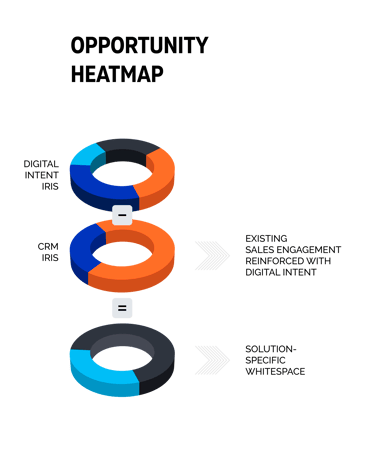
Our goal is to try and find two commonalities: the account should both show interest for the product based on their intent, while also showing minimal presence in your CRM for that particular product/intent combo. If both criteria can be satisfied (as seen in the case of Big Pharma) - wonderful, you’ve got white space for that account, and you’re in a great position to start a BOFU ABM campaign with them, afterwards conducting ABSD human outreach to have further conversations with them about how you can help. This kind of account will be the most valuable and urgent for you since they’re in the best position to gain value from what you offer.
If the account shows intent interest, but already shows engagement in your CRM, then the Agile ABG PM will need to decide on the best course of action according to all the details of the past engagement. Has this account had small interactions, or interactions that took place long ago? Perhaps that could mean a BOFU or TOFU ABM campaign. Has the account already spoken with your sales reps and discussed that they’re not ready yet? Perhaps that means setting the account aside for the time being. This would be the case of SmallSoft in our example scenario. Is it not a whitespace account, but instead a whitespace opportunity? The great thing about the Agile ABG framework is that your PM is always available to assess the situation case-by-case, and use their personal judgement, expertise, and knowledge in conjunction with the data the team finds, thus coming to the most optimal conclusion for each and every account.
Each iris is not only unique to a specific account, but also specific to the point in time which the data is received. This means that you’ll have insight to what the account wants right now..
The iris of the eye is like a window to the soul, so it is logical that the graphical representation of the window to the soul of your accounts would be in the form of an iris. All in all, the Opportunity Heatmap allows your team to look into the irises, thus into the ‘soul’ of the most important account in a simplified, fast, and intuitive way. Your team can easily share this heatmap with relevant members of your organization to make quick and informed decisions as to who to target next, how to create your next campaign, and in what way to reach out.
When the Opportunity Heatmap is finalized, the rest of the Agile ABG process can continue on the solid foundation you’ve set.
While this tool is a unique and powerful piece to achieving success in the B2B sphere, we admit it is only a piece of a much bigger puzzle.
The Opportunity Heatmap was designed as a component of the “Account-Based Intelligence” function within the Agile ABG framework. When implemented together, the full effect of the framework can be seen, resulting in an optimized and holistic process to fill your pipeline with interested prospects who are ready to buy.
And so much more.
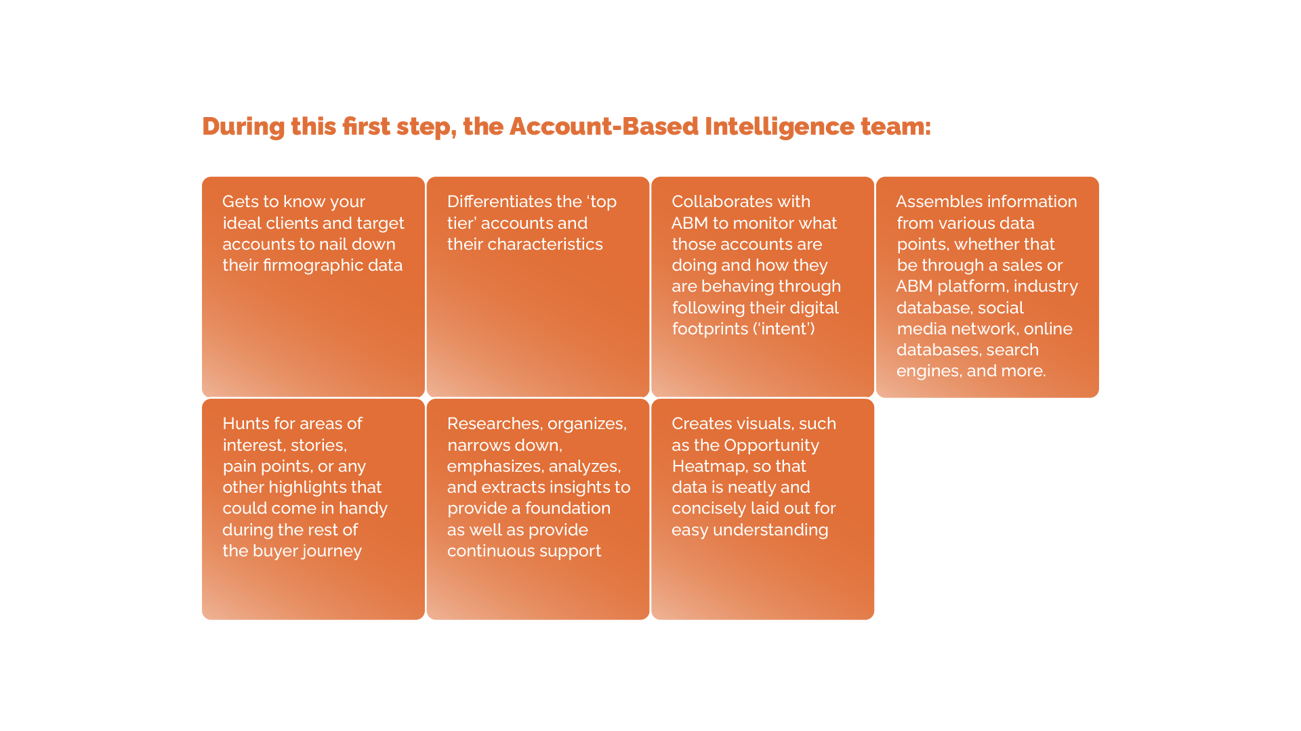
“Every company wants to increase revenue.” That’s a pretty safe and agreeable statement to make.
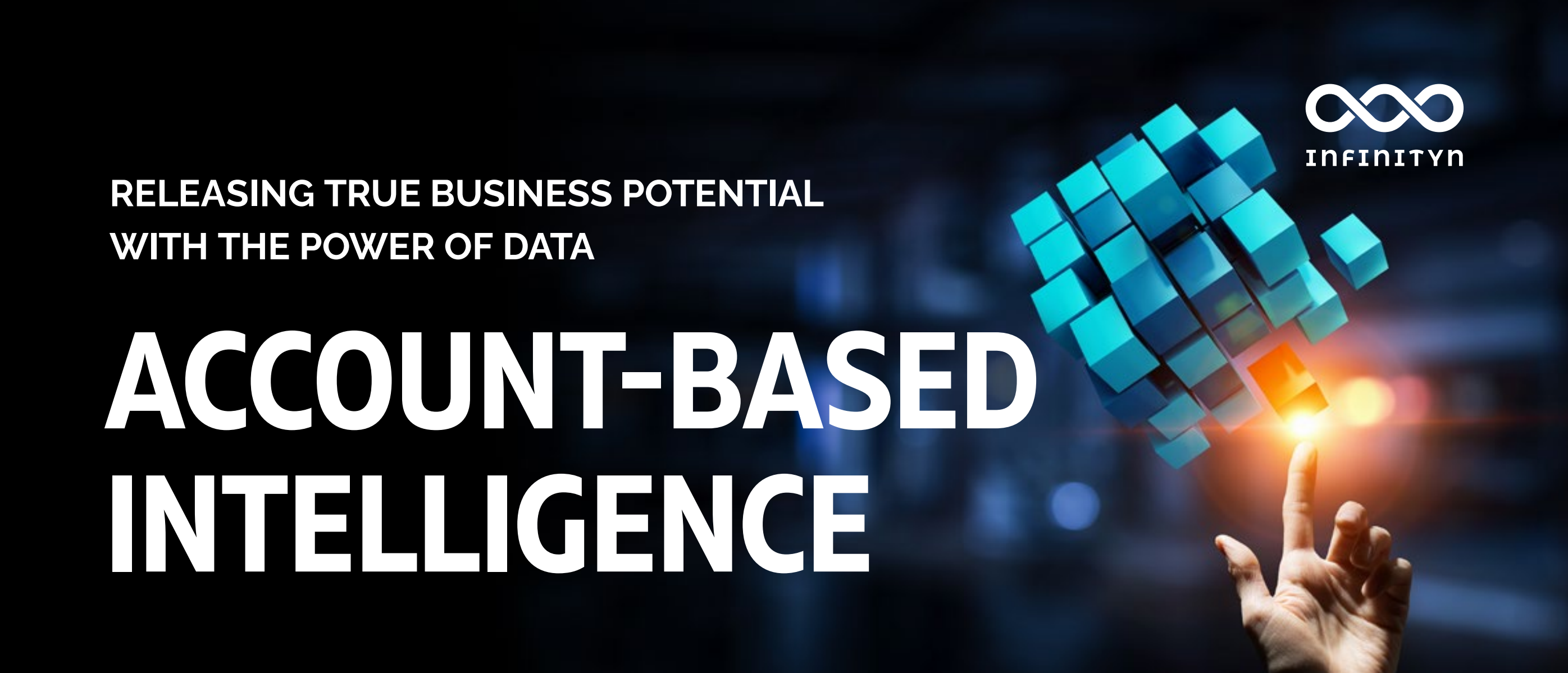
Account-Based Intelligence (ABI) is what powers ABM strategy & overall growth. Through ABI, we can help you reach your buyers in the earlier stages...

Today’s sales and marketing teams don’t have access to the right data to know which accounts to pursue, and what to say. They’re forced to rely on...
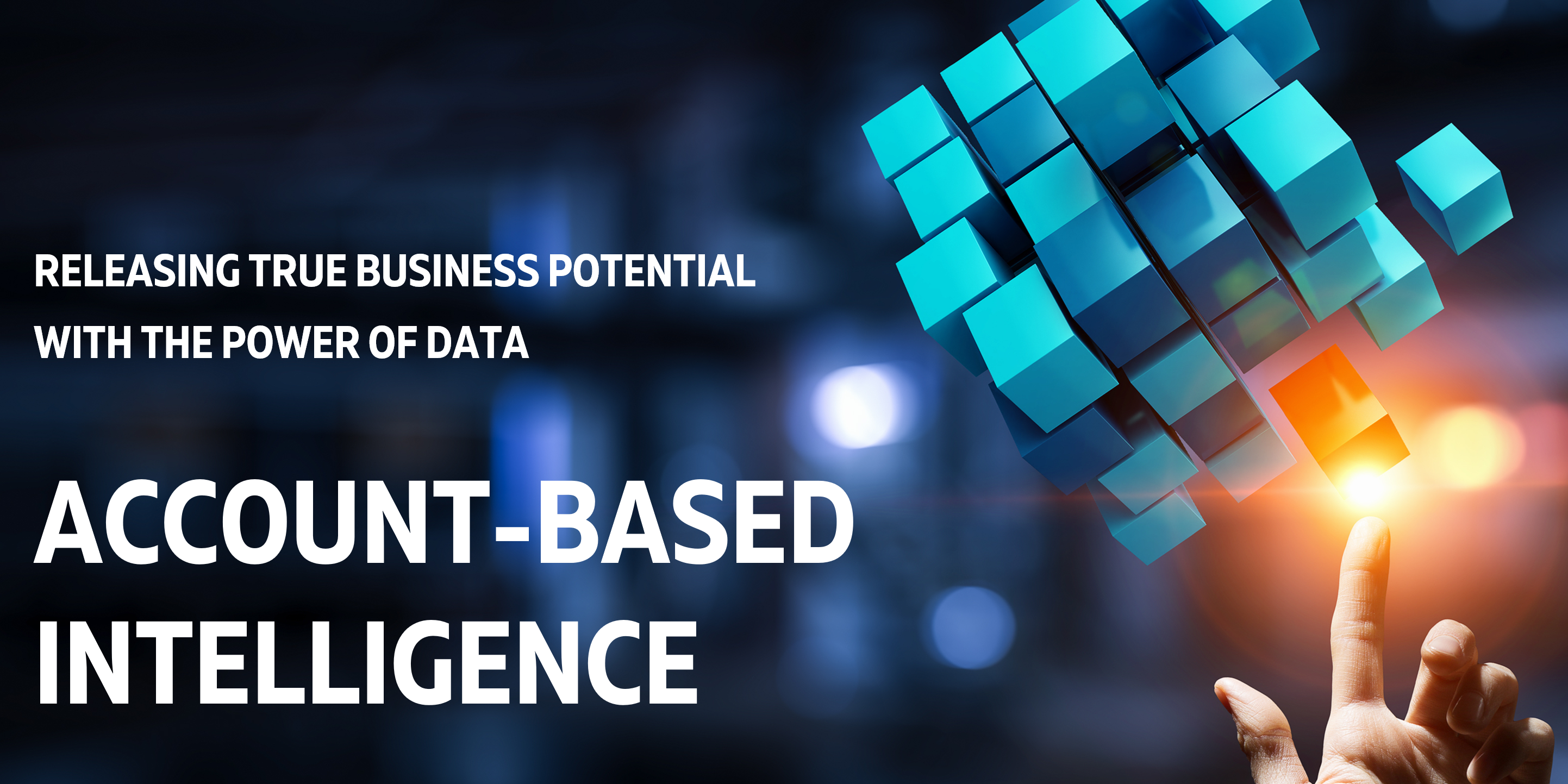
It’s hard to hit your pipeline goals when you can’t see your targets. Good thing we can light the way.
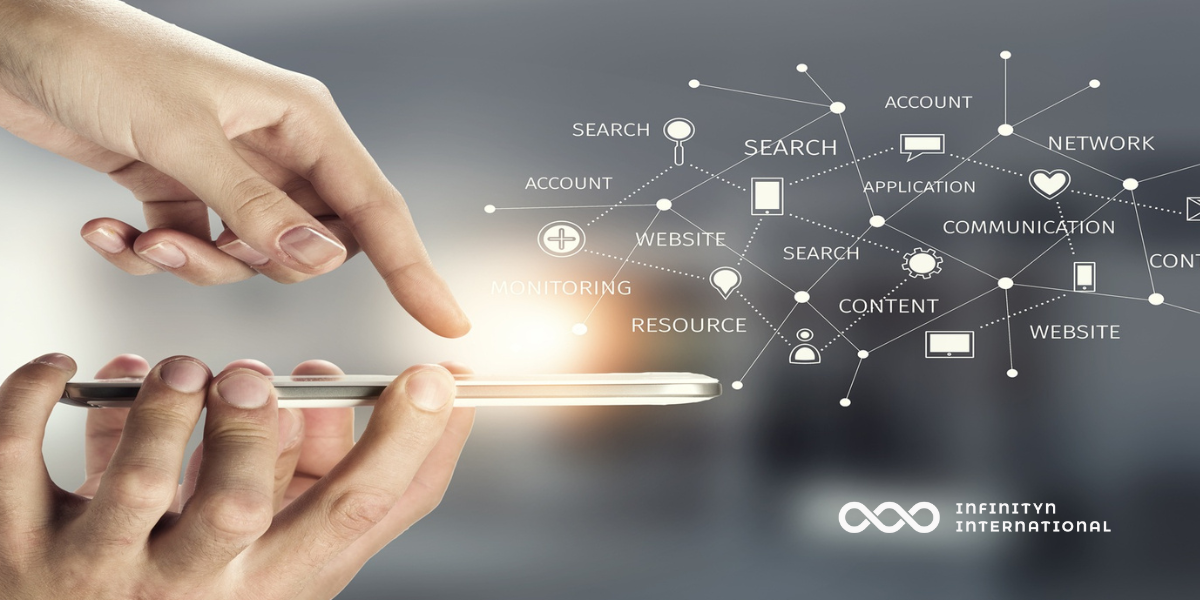
In the bustling landscape of modern business, data reigns supreme as the cornerstone of strategic decision-making. Yet, amidst the deluge of...

Spam isn’t just unwanted email. It’s any uninformed, irrelevant interaction. It wastes your time and money. And annoys the buyers you were hoping to...

Discussion on how some technology enterprises are capitalizing on the downturn.
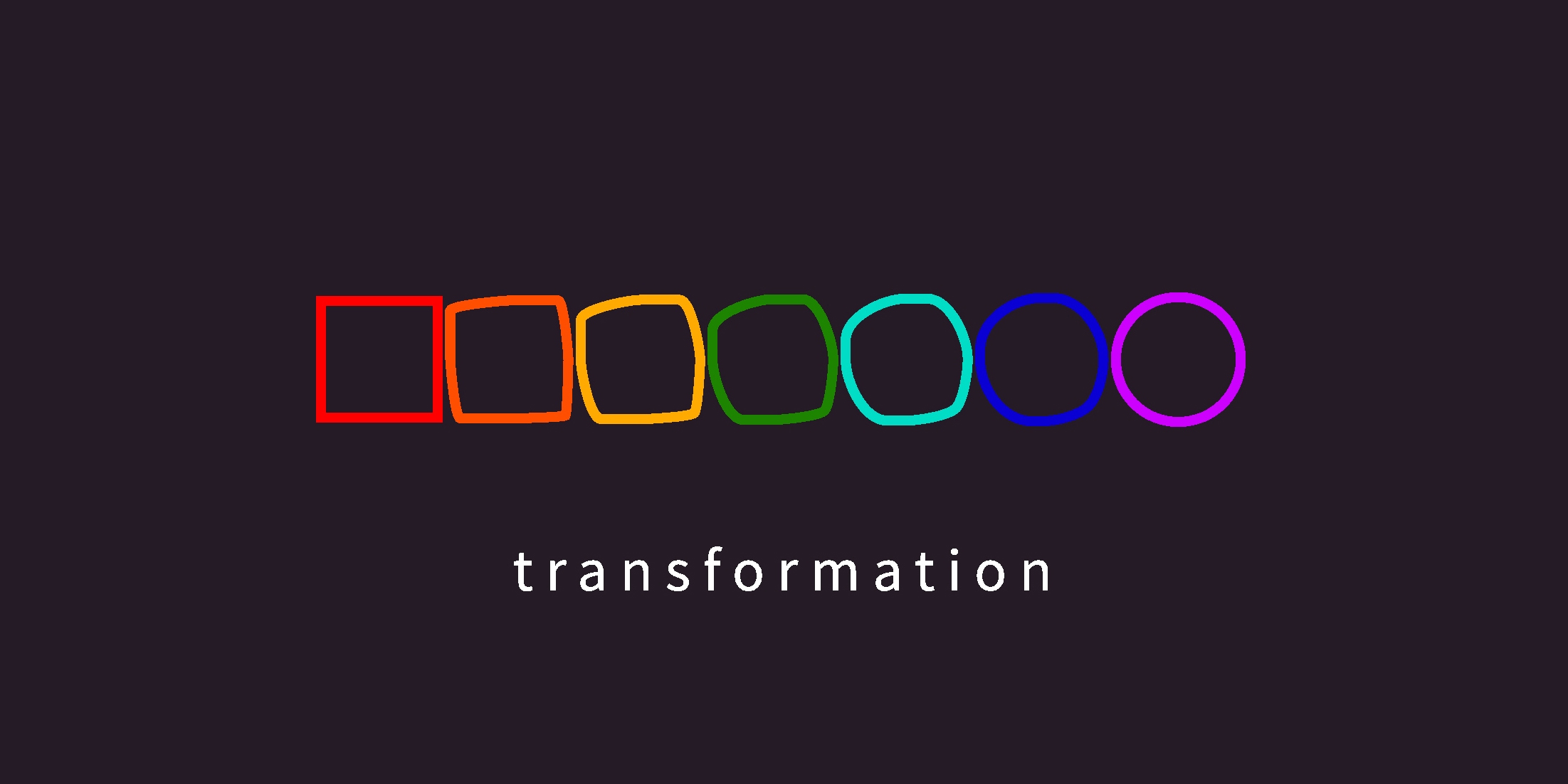
The business world is shaken by the repercussions of current events and those in the near past. With our economic conditions becoming more and more...
Introduction The turmoil of the last few years appears to have reached new heights, as inflation, the energy crisis and the remnants of the global...
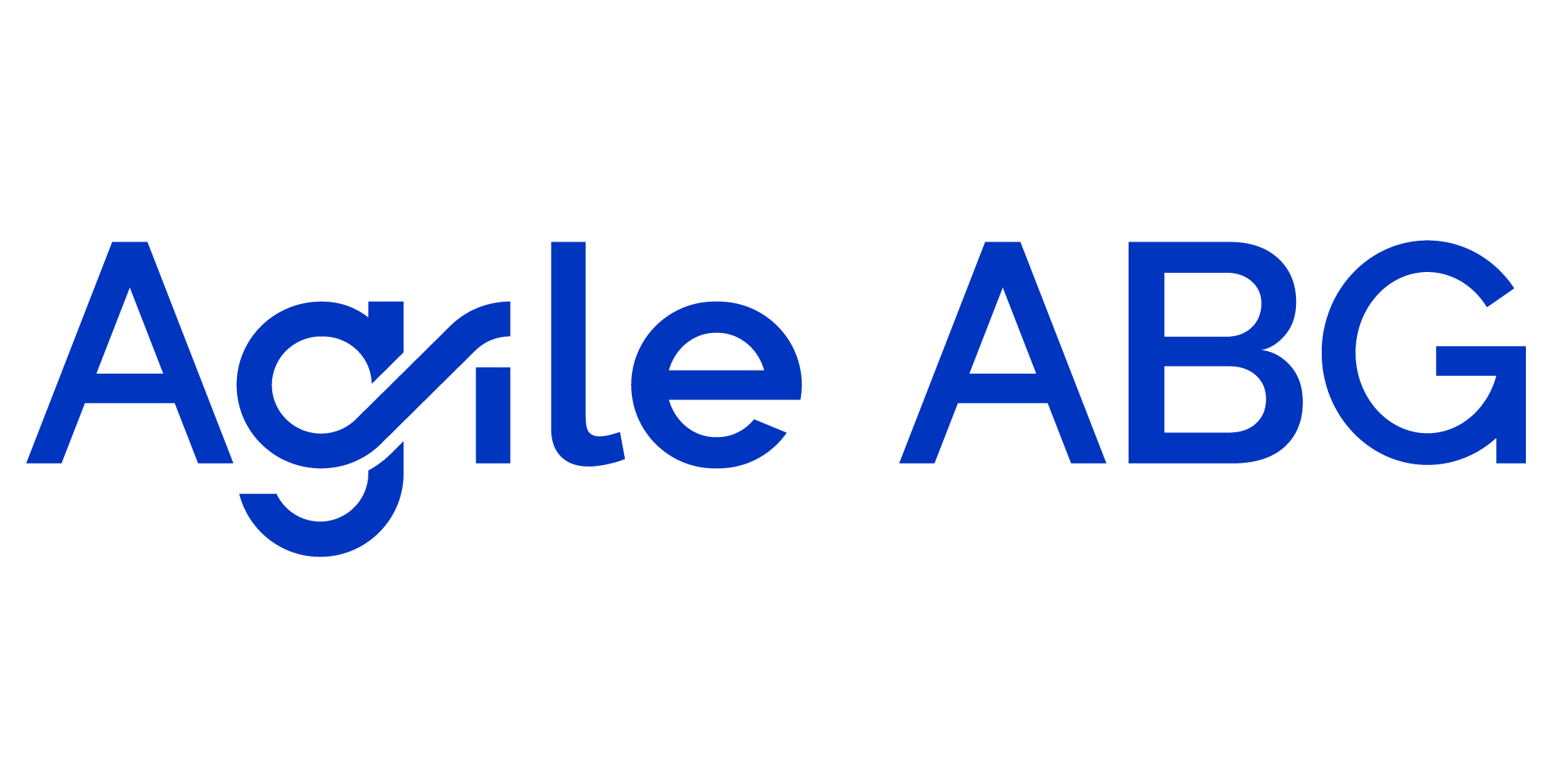
TOPO’s “2019 ACCOUNT BASED BENCHMARK REPORT” – which included 150 account-based organizations - showed that every participant reached or exceeded a...

The industrial sector seems to experience major lags regarding digitalization and automation – the latest trend that is currently defining the...

4 min read
Attending The Global ABM Conference in London last week sparked a thought-provoking question: could this event evolve into a broader forum, something...